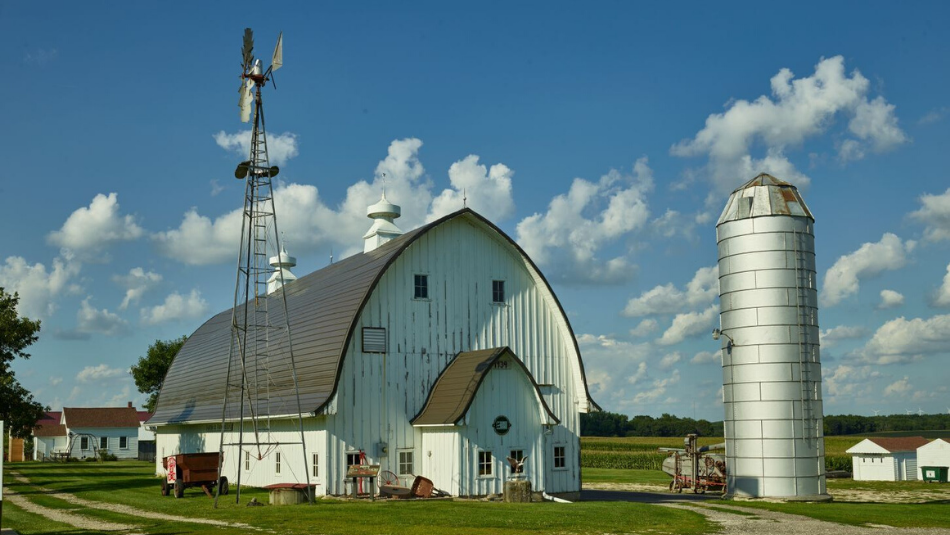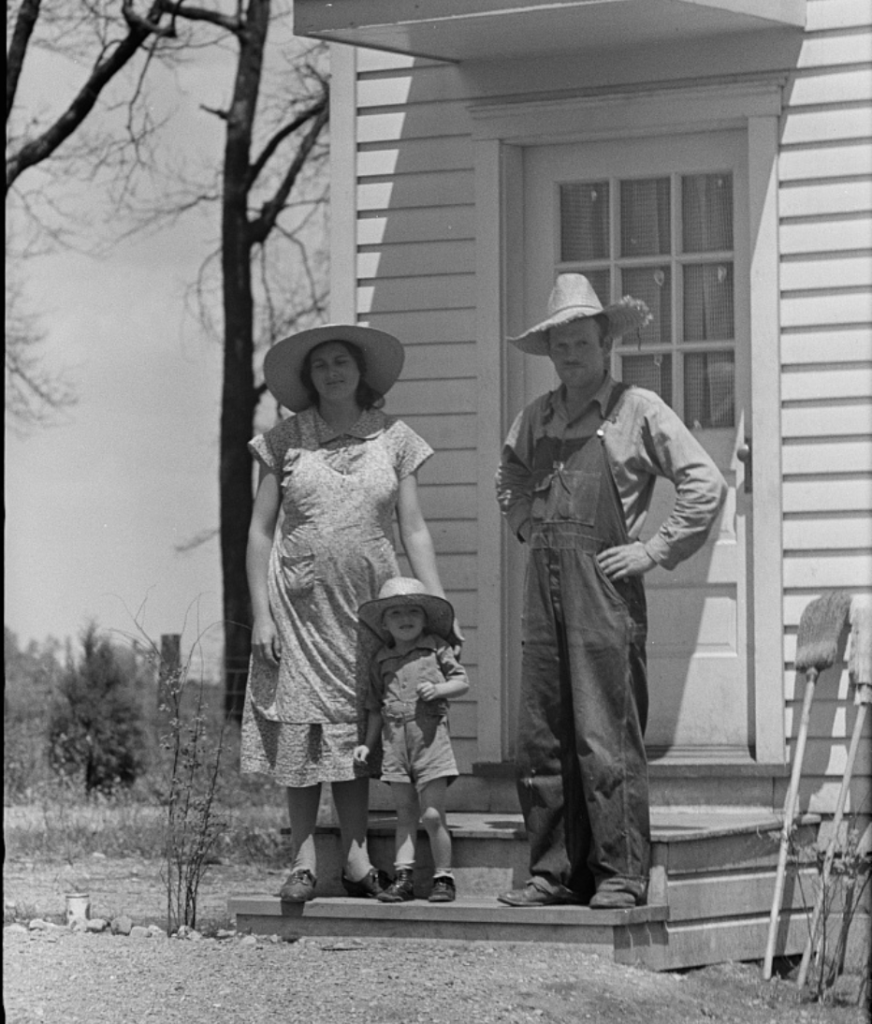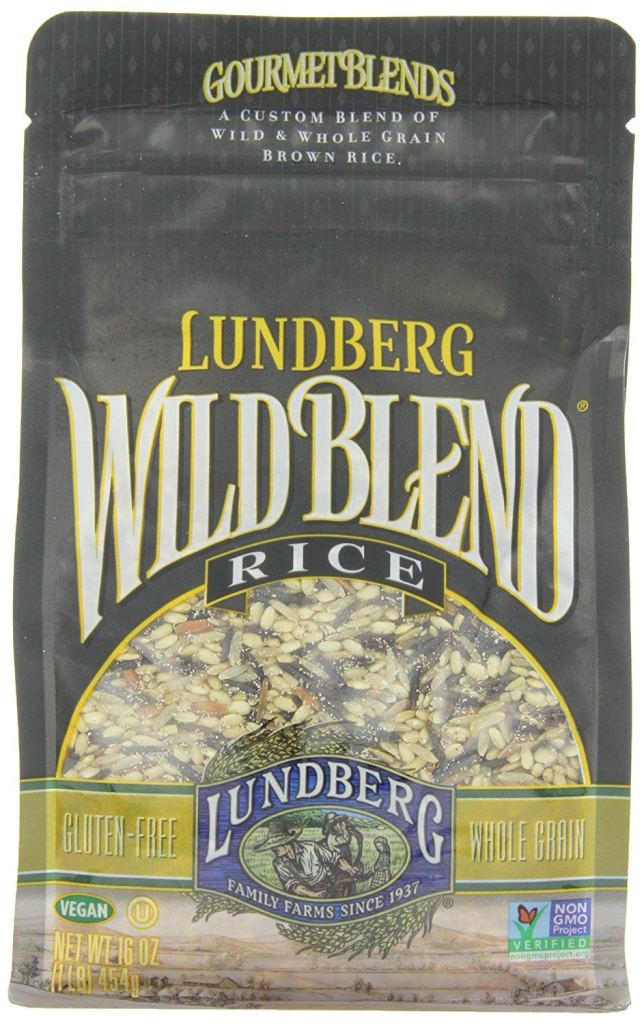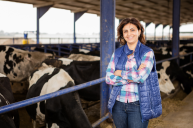The United States was built by the family farm. Sure, the Founding Fathers had a bit to do with setting up the national government, but it was the family farm that set up the agricultural infrastructure that has served our country all the way to the present. Today over two million farms are found across our vast nation and 98% of them operated by families - individuals, family partnerships or family corporations according to the American Farm Bureau Federation. Farming has changed drastically in the past 100 years due to new technology and consumer's needs, and while it may seem like the idyllic family farm (think Little House on the Prarie and Lassie) has disappeared, new data has shown that family farmers are growing larger farms and producing more goods than ever.
Videos by Wide Open Country
The Importance of the Family Farm in America
Throughout American history family farming and caring for livestock have always been the backbone of expanding the United States. In 1862 Abraham Lincoln signed the Homestead Act which granted Americans 160-acre plots of public land in the Western territory. Noted as being one of the most important American legislation to pass, this new act invited families to settle in the Great Plains and grow what we now call the breadbasket. By 1870, 50% of all Americans worked as agricultural laborers.
In the years following, new agriculture technology was invented and the South was rebuilt. Four million slaves were freed but were left without land or money of their own. Sharecropping (employing workers in exchange for part of the harvest) became a popular practice but was frequently exploited. George Washington Carver, who was born into slavery in Missouri, spent his life developing techniques to improve soils. He also motivated farmers to plant and grow sweet potatoes and peanuts as a source of food. Because of his breakthroughs, poor farmers and their family members in the South now had a way to build up their land and improve their quality of life.
All was well in the fields until the Great Depression hit. Nationwide, loans were defaulting and over 1 million farmers had to move to the city to seek out employment. Then came the droughts. Food wasn't growing, cattle couldn't be fed, and exports crashed. Prices plummeted and because farmers couldn't receive a fair price for the produce, food was left to rot in fields. In 1930 the Dust Bowl took over farms in Texas, Oklahoma, Kansas, Arkansas, New Mexico, and Colorado, removing topsoil and destroying valuable crops. Because of this, many farmers fleed west to California in search of a new dream. John Steinbeck's novel, The Grapes of Wrath illustrates the hardship these families felt.
Today technology is at the heart of most farms. GPS driven machinery, drones, and even self-driving tractors help even the small farms make an impact. If it wasn't for the family farm, the United States would have never grown to be what it is today.
How To Support the Family Farm
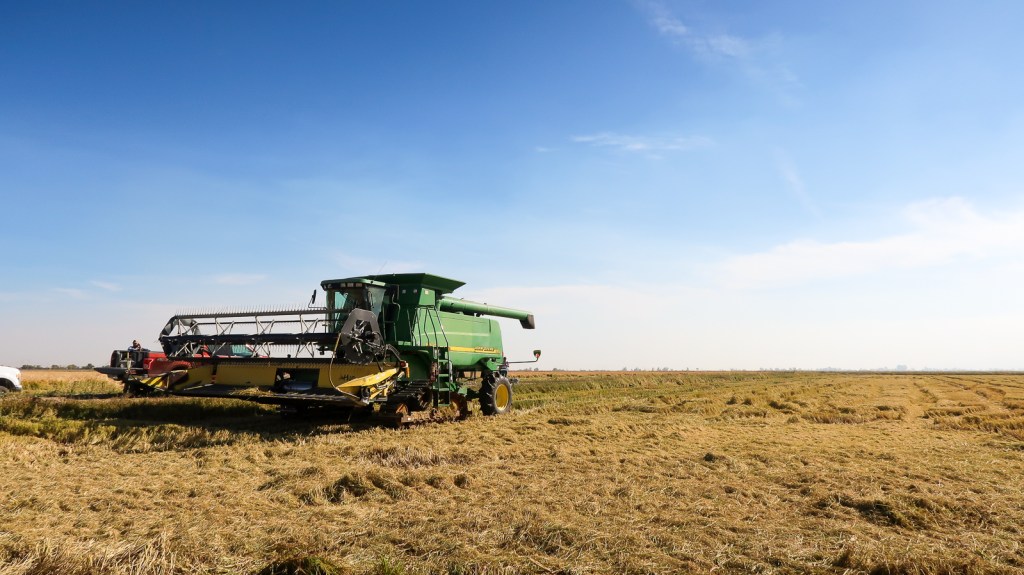
Lyndsay Burginger
There are many great (and fun!) ways to support your local farmers and their small family farms. Buying their fresh produce and other goods at the store or farmer's market is a great start, but if you really want to get into the dirt of it, I suggest visiting a family farm for yourself.
One of the easiest ways to find a farm near you is to use LocalHarvest.org. Use it as a resource to find pumpkin patches, apple cider donuts, and hayrides in the Fall and U-Pick farms in the Spring. Some farms even have farm animals that you can visit, just make sure to call the farm ahead of time to double-check if they allow visits.
Most recently I was given the opportunity to travel to Richvale, California and visit the Lundberg Family Farms and learn about their family and how they grow, harvest, and produce over 20+ different grain varieties for consumers. Ravaged from the Dust Bowl hitting Nebraska, Albert and Frances Lundberg, along with their four sons, moved to California in search of a better life.
Twenty years passed and the four sons, Eldon, Wendell, Harlan, and Homer decided to expand the family rice farm by developing a brand and selling their organic rice to the public.
Over 80+ years later, Lundberg Family Farms is bigger and better than ever. Its third-generation family members run and manage the company, and over 40 family members act as part-owners. As an advocate of Non-GMO farming, a leader in its renewable energy practices, and promoting a healthy workplace, Lundberg is the definition of a large and successful family farm.
The next time you are at the grocery store (or the market), take a second to look at the products that are in front of you and read the labels. Sure, it may be a few cents more, but it's worth it knowing you are directly supporting the people who helped grow this nation into what it is today.
This post was originally published on October 30, 2019.
